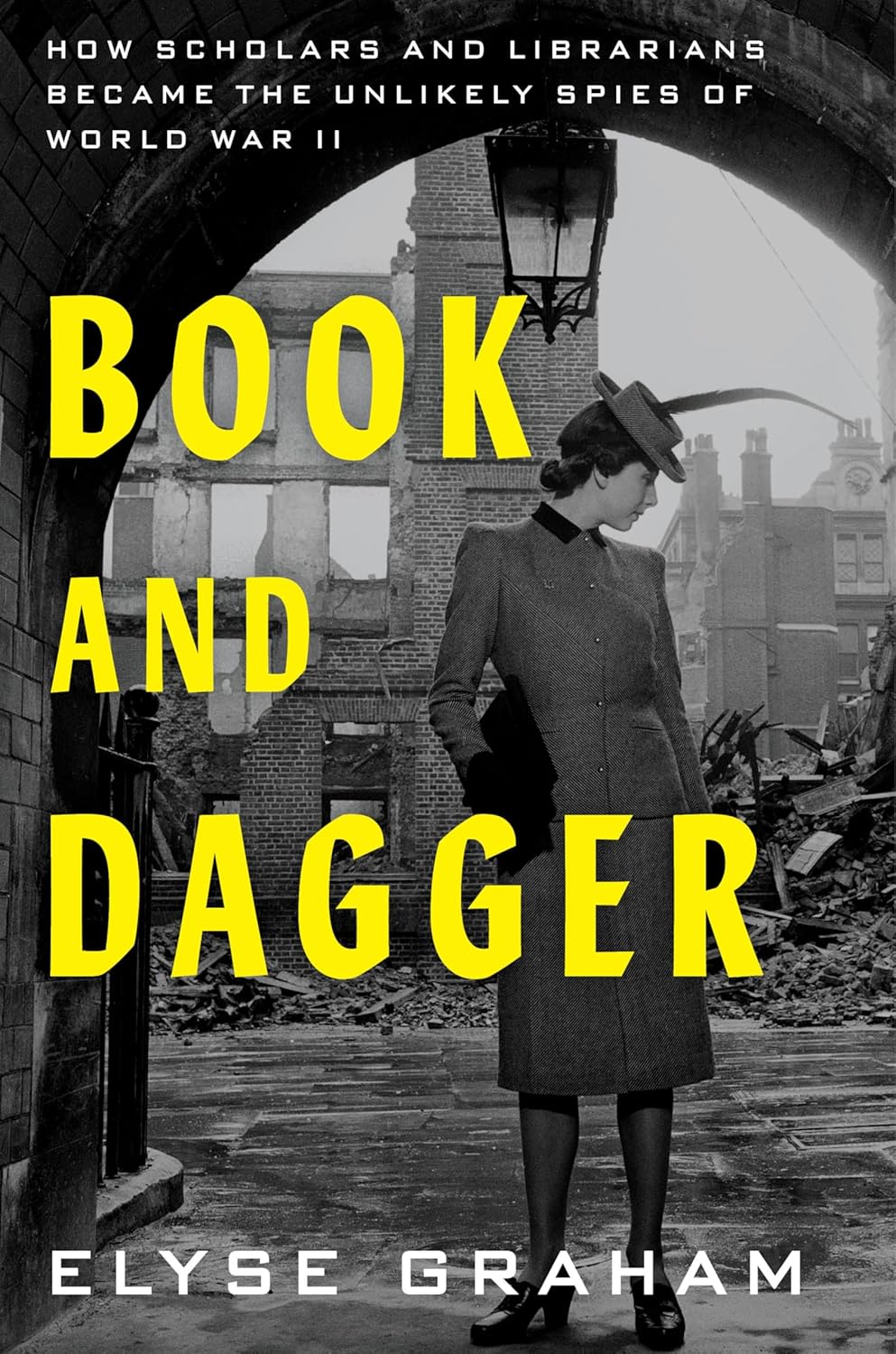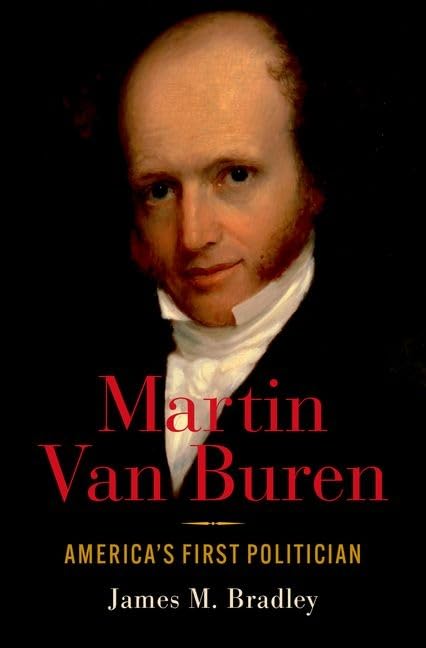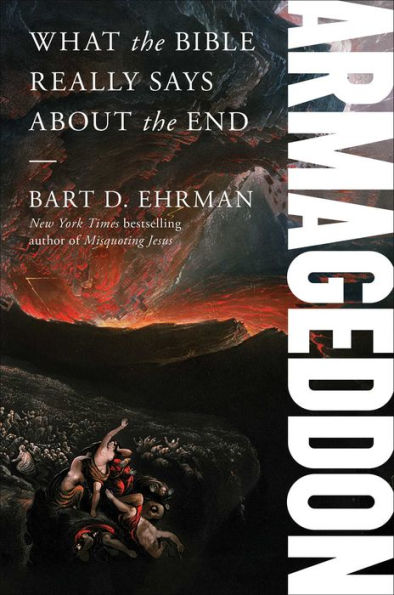Book and Dagger: How Scholars and Librarians Became the Unlikely Spies of World War II
- By Elyse Graham
- Ecco
- 400 pp.
- Reviewed by Elizabeth J. Moore
- December 30, 2024
Too many tangents derail what could’ve been an intriguing wartime tale.

The United States entered World War II embodying the principle that necessity is the mother of invention. A shortage of trained military personnel, for example, forced recruitment among ostensible “out” groups (e.g., women, racial and ethnic minorities, and Native Americans), whose members not only filled crucial gaps but also provided a diversity of experiences and abilities that became an unforeseen strength in winning the war over Nazi Germany — which only employed those with the requisite “racial purity.”
So it was in the U.S. intelligence world. At the time of Pearl Harbor, the United States had a stunted and fractured intelligence apparatus thanks to former secretary of state Henry Stimson’s 1929 dictum that “gentlemen do not read each other’s mail.” Catching up to the formidable task suddenly at hand necessitated innovation and recruitment from unexpected corners.
How the United States, “utterly outmatched by every other country in terms of intelligence expertise,” reinvented spying on its own terms is the stated subject of Elyse Graham’s Book and Dagger: How Scholars and Librarians Became the Unlikely Spies of World War II. But Graham, a professor of English at Stony Brook University, doesn’t always have a grasp of her material, and the result is a book that’s alternately enlightening and head-scratching. It’s at its best when Graham sticks with the topic she claims to be writing about: the origins of modern U.S. intelligence.
Historically, there’d always been military and diplomatic intelligence in the forms of espionage and code-breaking. But in 1941, William “Wild Bill” Donovan, new chief of an organization that would become the Office of Strategic Services (or OSS, precursor to the CIA), determined the U.S. would go one better and also research, analyze, and write about the gathered intelligence. It would further use non-clandestine sources that were hiding in plain sight, with “the idea that spies could make use of a library…[being] entirely new.”
To staff OSS’ Research and Analysis (R&A) branch, Donovan and his team scoured American universities for recruits. In Graham’s telling, “At the start of the war America had only one standing army of experts who were trained to dig relentlessly for hidden information. These were the humble drudges [a term which, along with “library rats,” Graham uses to an unfortunate degree] in the nation’s universities who hunted in the stacks for forgotten histories and weaseled their way into closed archives.”
In addition to recognizing the intel-gathering possibilities in such seemingly insignificant sources as railway timetables, shipping manifests, and old phone books, the scholars of R&A possessed spying-adjacent skills like “paying attention, pattern-finding, puzzle-solving, and memorization.” Or, as Graham characterizes it, these academics had prepared for an intelligence career without realizing it.
The recruits’ numbers included R&A chief Sherman Kent, a Yale history professor who would later be credited as “the Father of Intelligence Analysis”; Adele Kibre, a classicist from the University of Chicago, who spent the war in Stockholm acquiring hard-to-find or forbidden publications; and Joseph Curtiss, a Yale English professor who by happenstance ended up running the OSS station in Istanbul. R&A also benefited from contributions by refugees from Nazi-occupied Europe, who provided invaluable scientific, economic, linguistic, and regional knowledge.
In spite of skepticism from the beneficiaries of their efforts, the scholars quickly showed their worth. Operation Torch (the Allied invasion of French North Africa in 1942) was as much an R&A success as a military one. R&A analysts pinpointed German vulnerabilities in such areas as military recruitment and rolling-stock production. They also brought the United States’ woefully deficient map supply up to snuff.
If Graham had stuck with chronicling this sort of thing, she would’ve had a much stronger book. About halfway through, however, she loses her way. Even taking into account the multiple connective threads in the intelligence world, she devotes an unfathomable number of pages to topics that bear little or no relation to the R&A efforts she purports to be writing about.
Vast amounts of text are spent on, among other tangents, the 1943 sabotage of a Norwegian heavy-water plant; the American Relief Center (a privately run operation to deliver U.S. visas to refugees trapped in France); Operation Mincemeat; and D-Day. These last two are not only off topic but plow ground so exceedingly well-trodden (in print and on film) that the reader might wonder whether researching this book was Graham’s first exposure to World War II history.
There are also pages of pure conjecture (e.g., imaginary dialogues between Kibre and her recruiter, and between Kent and a general) better suited to a movie script than to a scholarly work. Then there are the countless redundancies. The reader will be reminded many times, for instance, that America couldn’t directly compete with countries that had far more extensive intelligence experience, and that Hitler didn’t understand “the power that came from below.”
Such flailing unfortunately buries one of Graham’s most salient points: The R&A story isn’t a relic from the past. The need for scholars of history, literature, and foreign languages to make sense of raw intelligence is as pressing now as it was in the 1940s, but the departments producing those scholars are precisely the ones currently on the chopping block at many universities. There are real implications for national security here, but it takes the author until the last two pages of her book to get to this topic. Thus, she forfeits the opportunity to explore it in greater depth.
Elizabeth J. Moore is a freelance writer in the Washington, DC, area. She was a longtime senior analyst and instructor who worked in the Defense, State, and Treasury departments, on the Office of the Director of National Intelligence’s President’s Daily Brief staff, and at the National Security Council, the National Intelligence Council, and the Central Intelligence Agency. She holds a master’s degree in international politics from American University.

